Early in our marriage, Tim and I had bought a small cottage on the south west coast of Wales. This had been a 40-acre smallholding, a self-sustaining farm with about 15 dairy cows and a vegetable garden. We only owned two acres, and much of the land was on the steep edges of a valley running down to the sea a mile away. But from the start that original vegetable plot was useful. My parents loved to come down from London in the spring and plant things for us to harvest when we arrived from the USA in the summers – and in no time it contained rhubarb, raspberries, gooseberries, currants, loganberries and blackberries… (though as the lane down to the cottage was covered in wild blackberries, these last were rather redundant.) There were often potatoes waiting for us (wonderful for children to discover!) though the local rabbits probably ate more of the above-ground vegetables than we did. We did manage to have a few flowers, but with nobody living there much of the time the survivors were shrubs like spireas and hydrangeas, or roses, clambering in the hedges. For bright blossom, our mainstay was a hanging basket by the front door, bought as soon as we arrived. To be surrounded by a real garden, Little Mountain would have to wait until we retired.

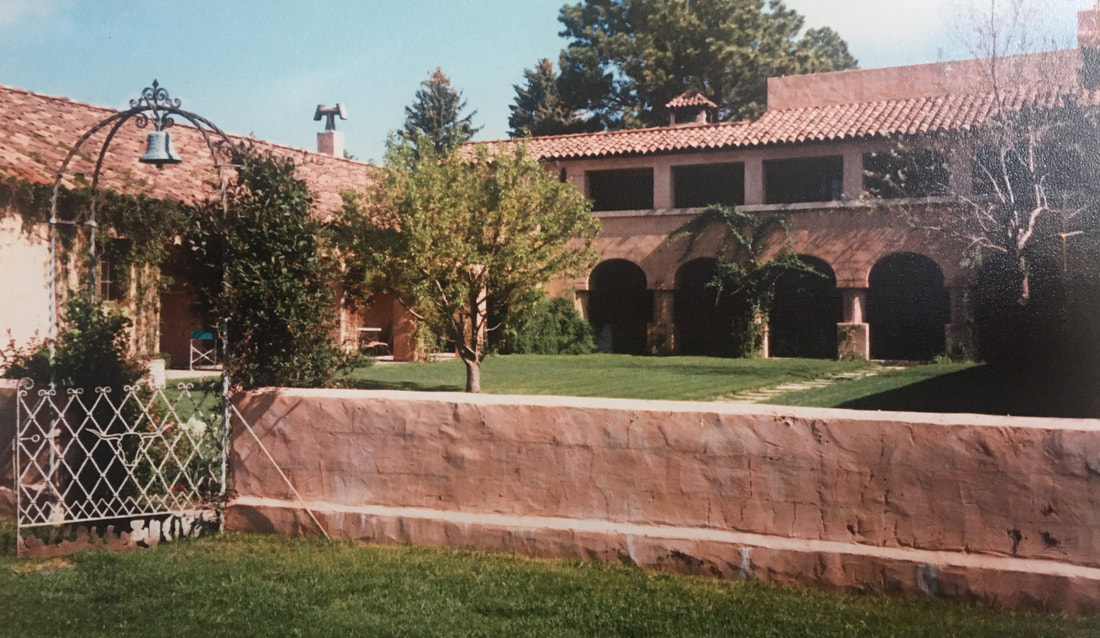

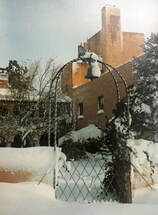

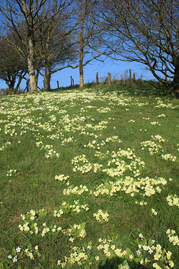


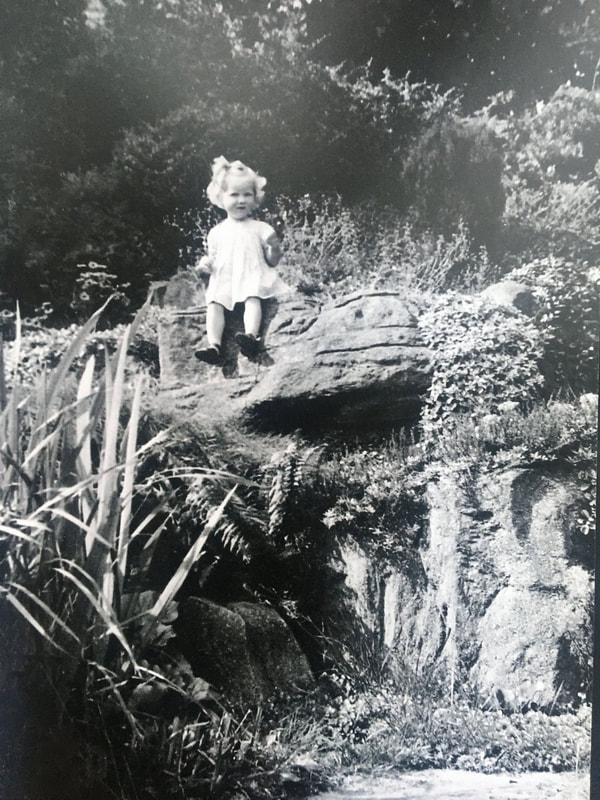
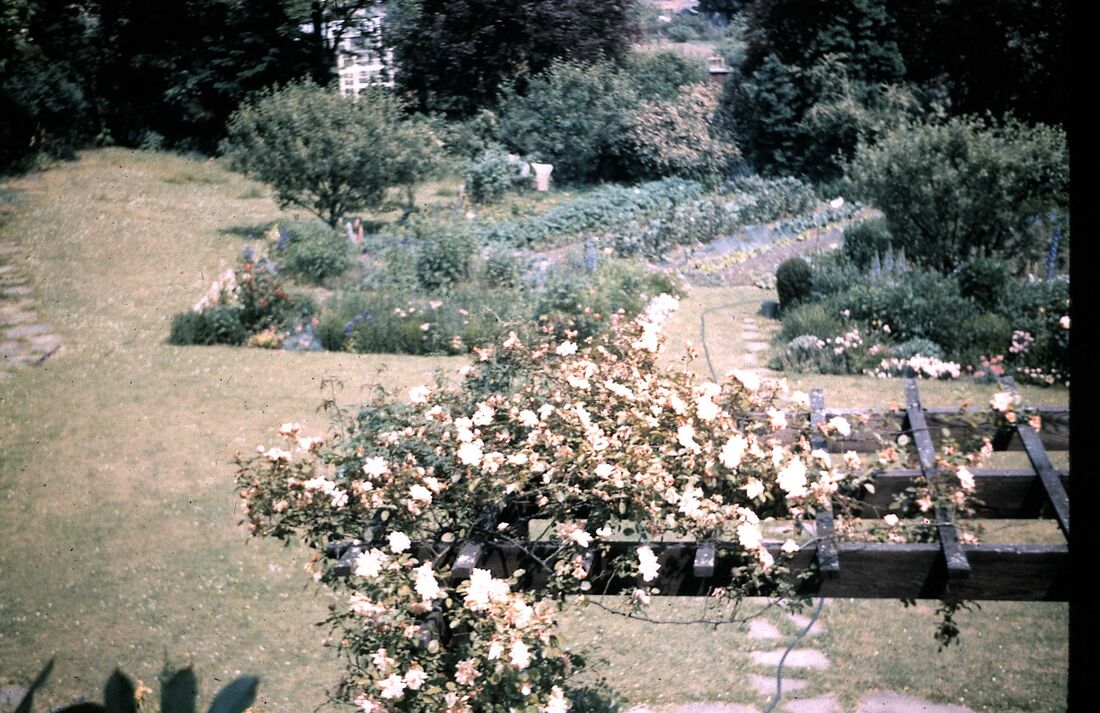
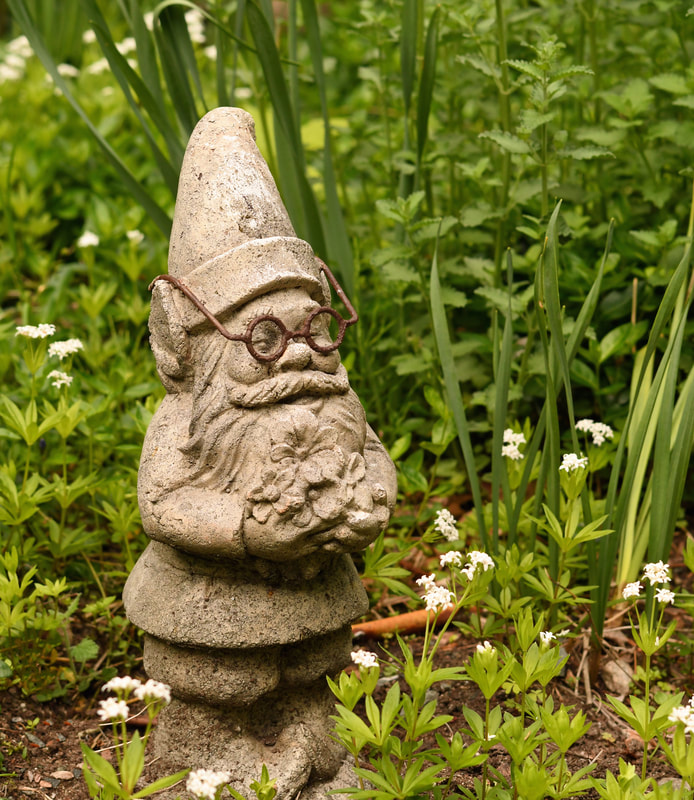
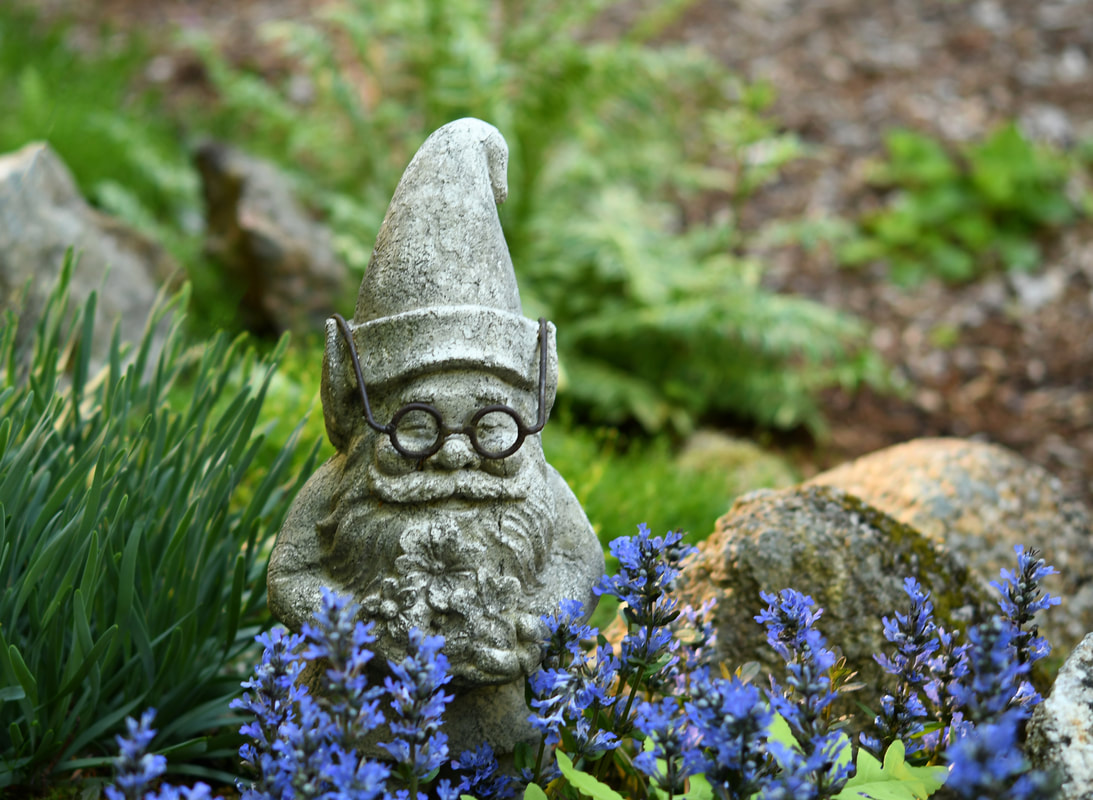

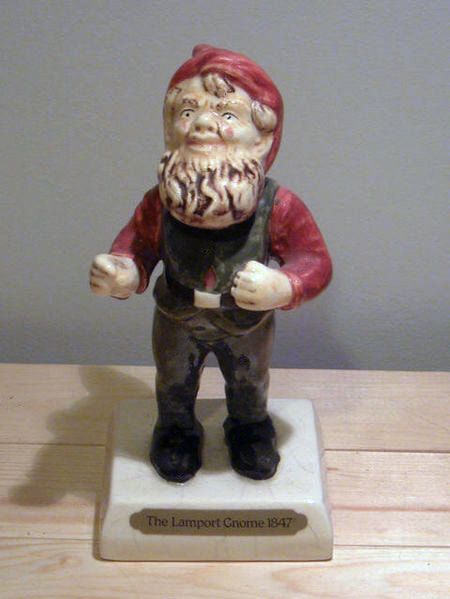
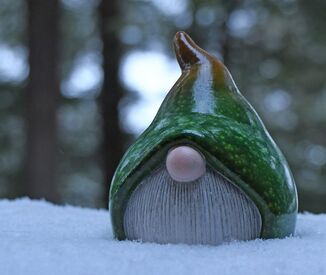
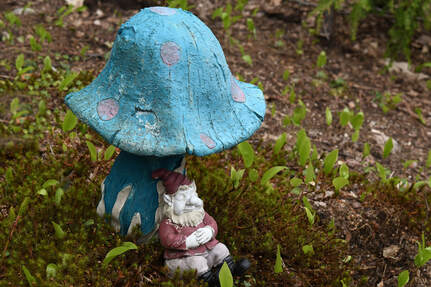

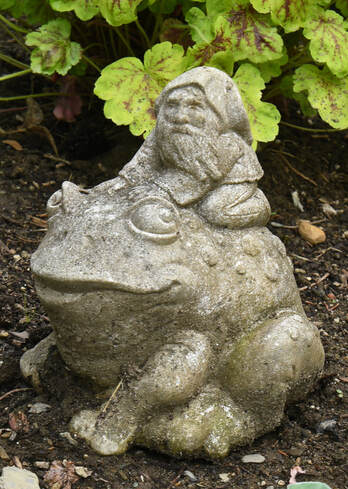
 RSS Feed
RSS Feed